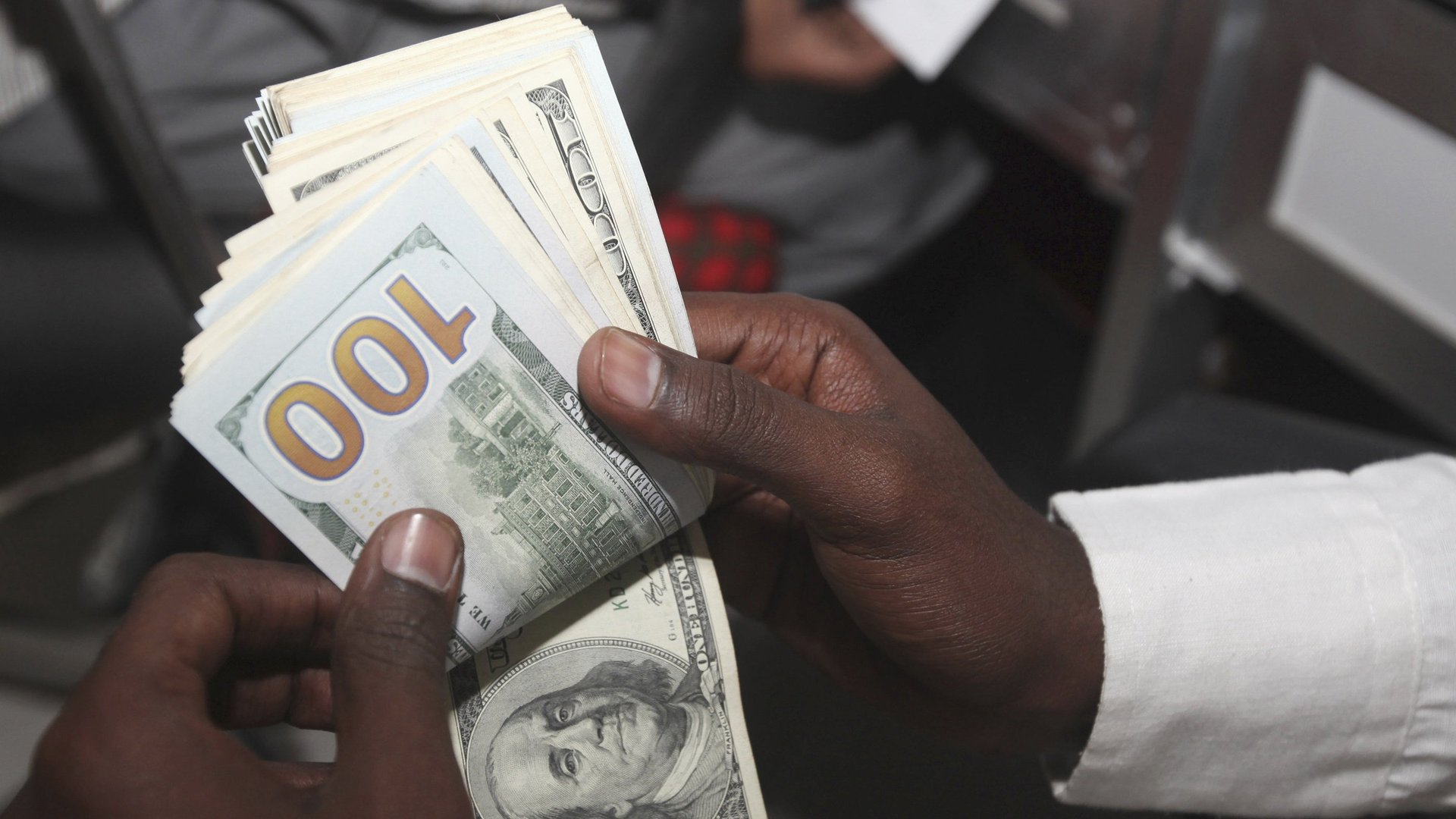Sending money home to Africa is cheaper than it was, but still higher than anywhere else
It is cheaper to send $200 to Africa today than it was in 2011.


It is cheaper to send $200 to Africa today than it was in 2011.
With a 22% decrease, compared to other regions, since 2011, Africa has seen the largest reduction in cost of remittance transactions, a new report by the International Fund for Agricultural Development (IFAD) shows. But, putting the scale of the problem in context, despite the reduction, the African market remains the most expensive for remittances and costs are higher than the global average. Indeed, the 14.6% cost to remit $200 in Southern Africa is the highest in the world. The high costs are attributed to the prevalence of cash transactions with poor infrastructure and a lack of competitors locally making it a preferred option.
Despite the high costs, African countries received around $60 billion in remittances last year. Remittances remain crucial on the continent with 19 African nations depending on inflows for 3% or more of GDP and for six of those nations, remittances account for more than 10% of their GDP. Nigeria, Egypt and Morocco accounted for more than half of remittances to the continent in 2016.
While Africa received the third highest share globally, more than half of global remittances in 2016 was received by the Asia-Pacific region as remittances to the region have increased by 87%—the highest globally—between 2007 and 2016. Globally, remittances to developing countries saw a 51% increase between 2007 and 2016, growing by 4.2% per year and reaching $445 billion in 2016, IFAD says.
Remittances to Africa are largely thanks to its vast migrant population. IFAD’s report estimates Africa’s migrant population at 33 million, with about one half remaining on the continent. Unlike other regions, the pace of migration in Africa has been similar to population growth. Migration beyond the continent also mirrors historical colonial links as African nationals mostly move to countries they received independence from, IFAD says. Hosting 3.7 million people, France is currently home to the largest African migrant population outside the continent, according to IFAD.
Between 2015 and 2030, IFAD predicts that remittances sent to low and middle-income countries will be around $6.5 trillion. But the recipient families and countries could see more of that amount if transaction costs are reduced, in accordance with the United Nations’ sustainable development goals.
Just like in Africa, global transaction costs have fallen but more work needs to be done: between 2008 and 2017, the cost of sending $200 has notably by reduced but remains some way off the UN’s target of 3% by 2030.